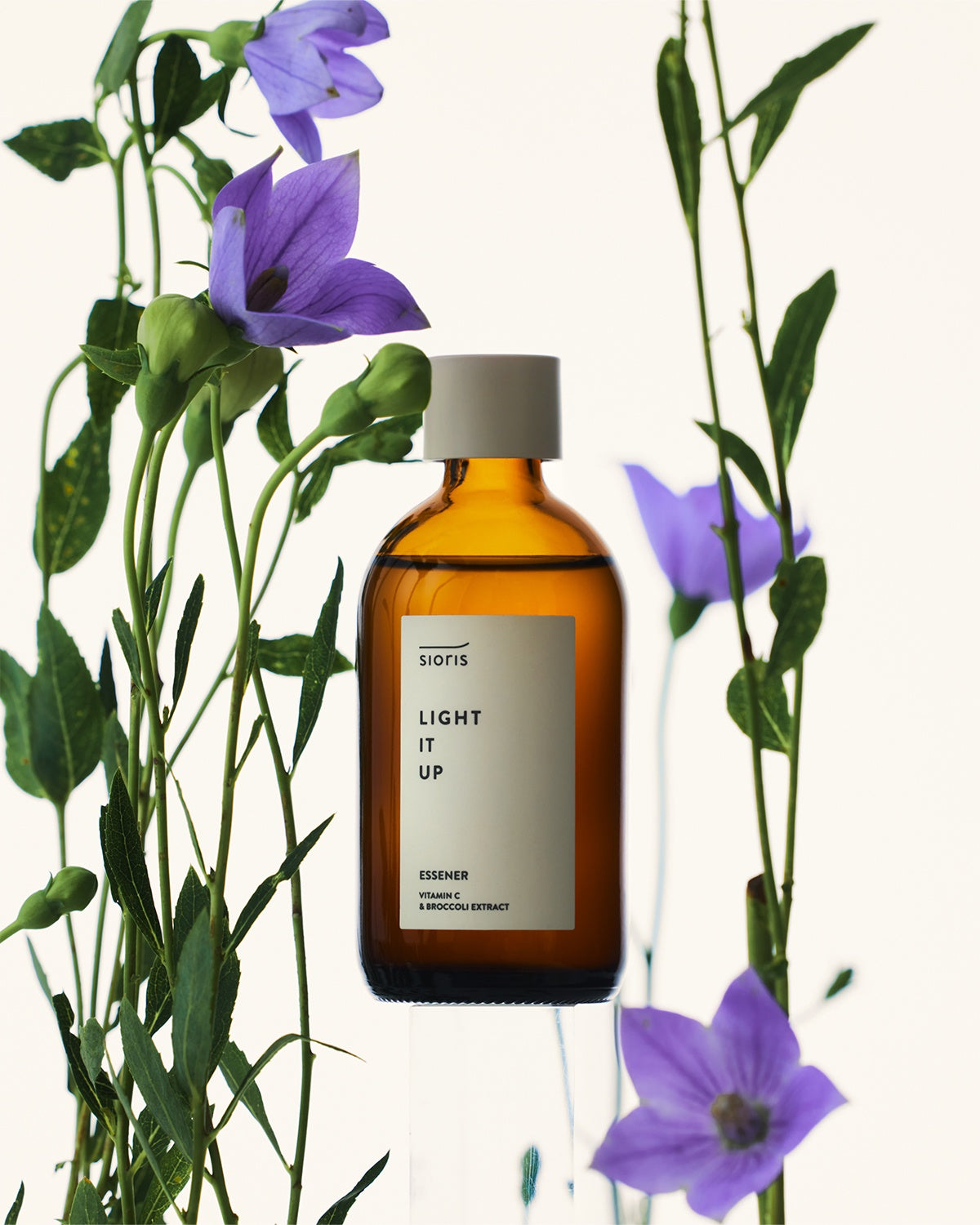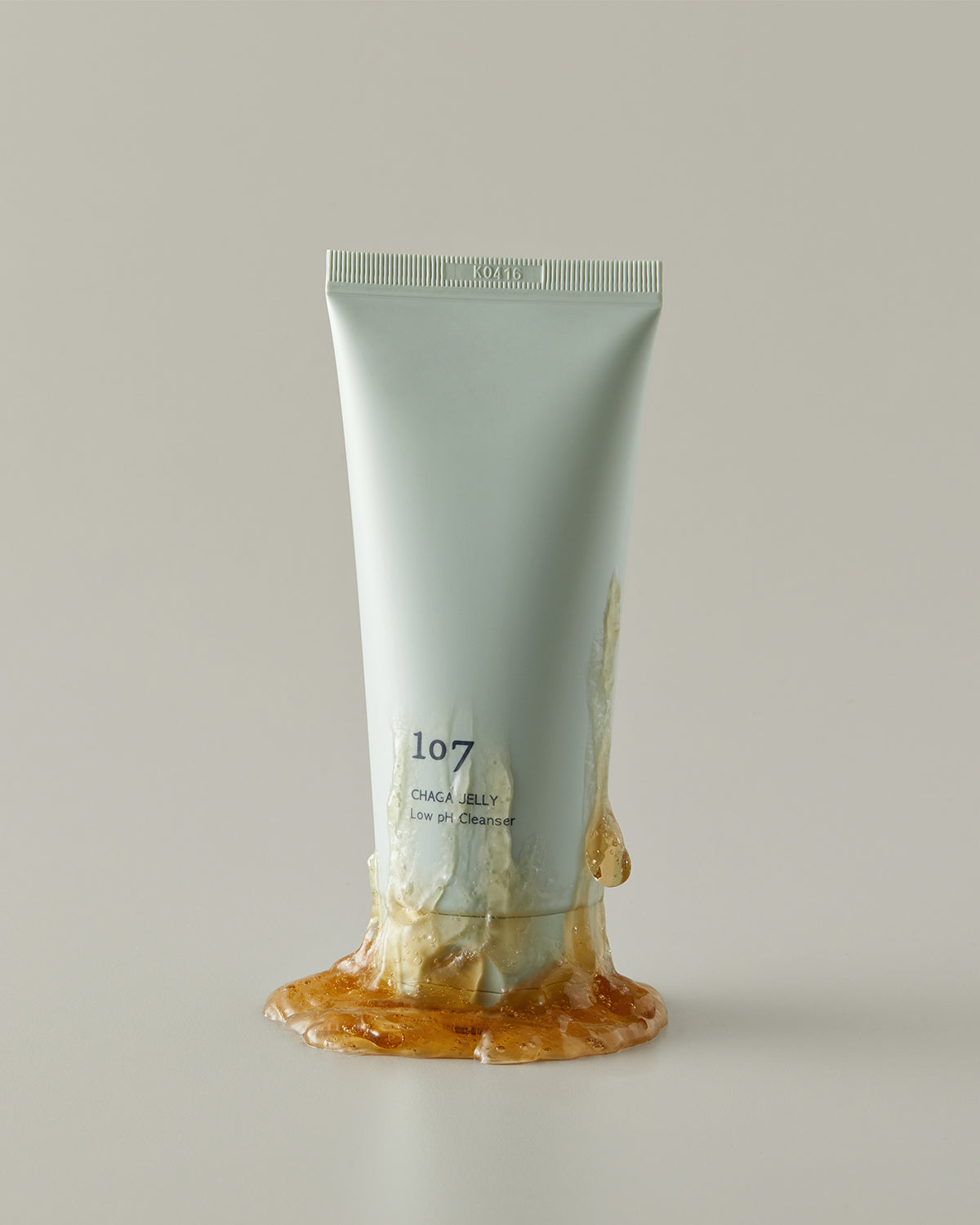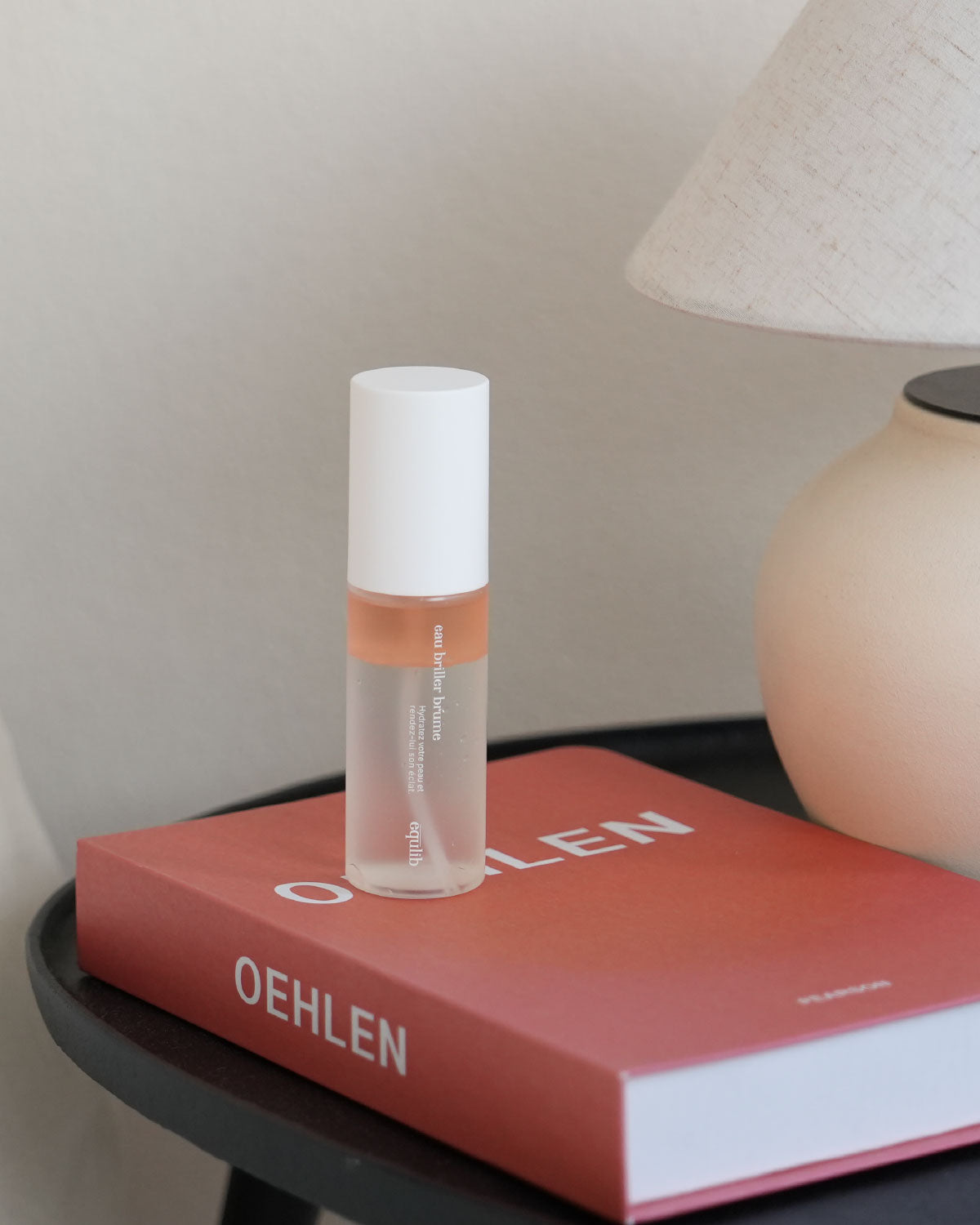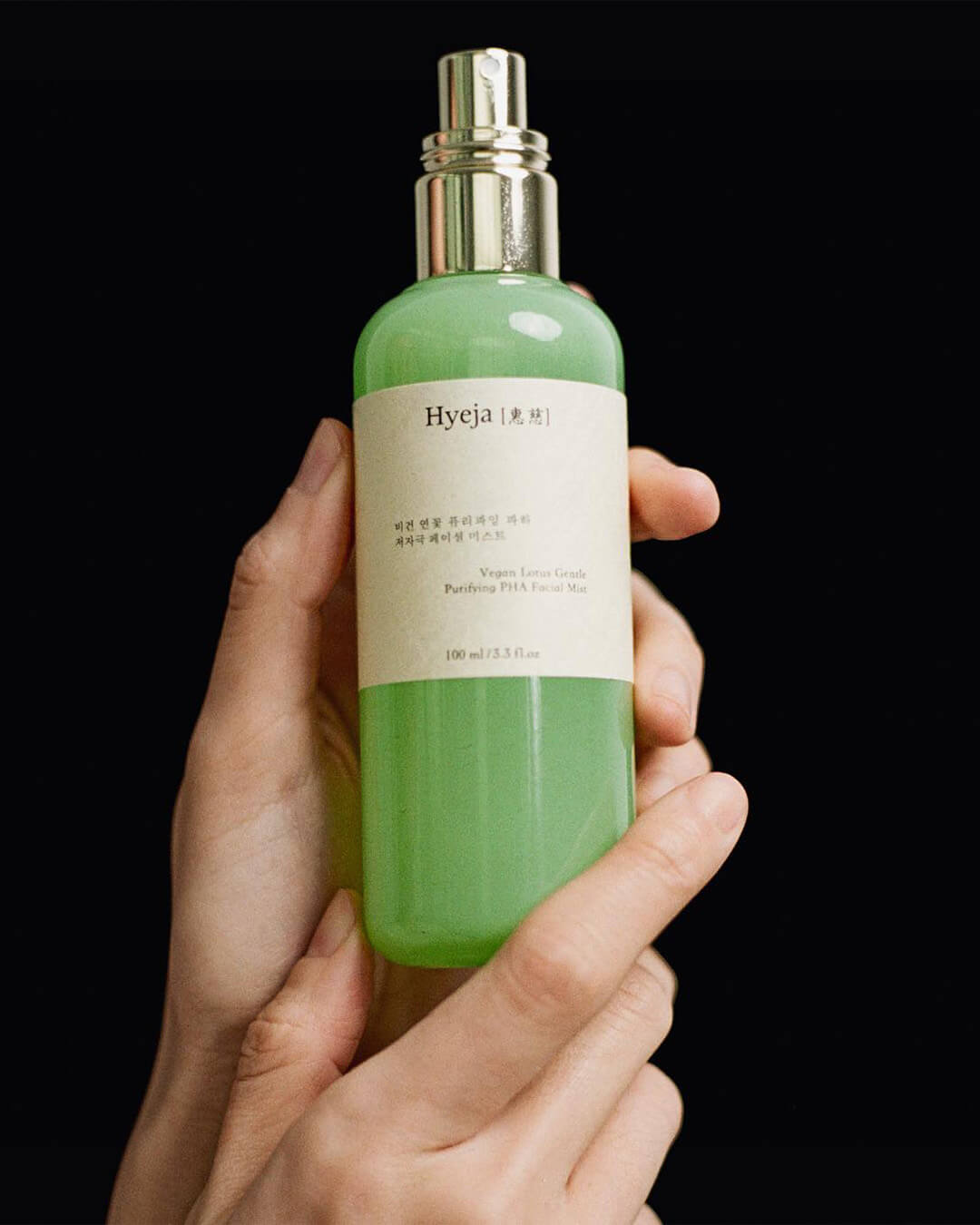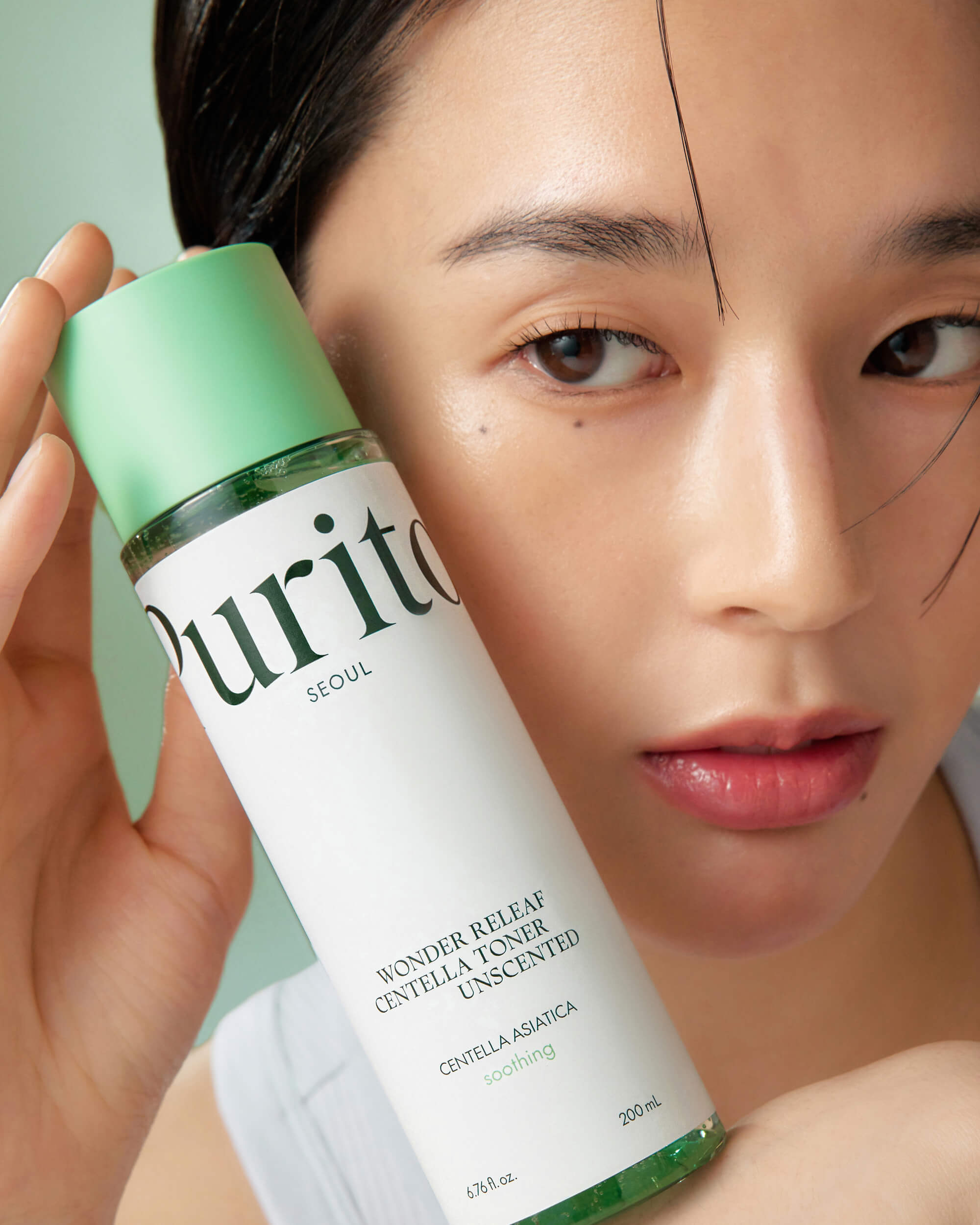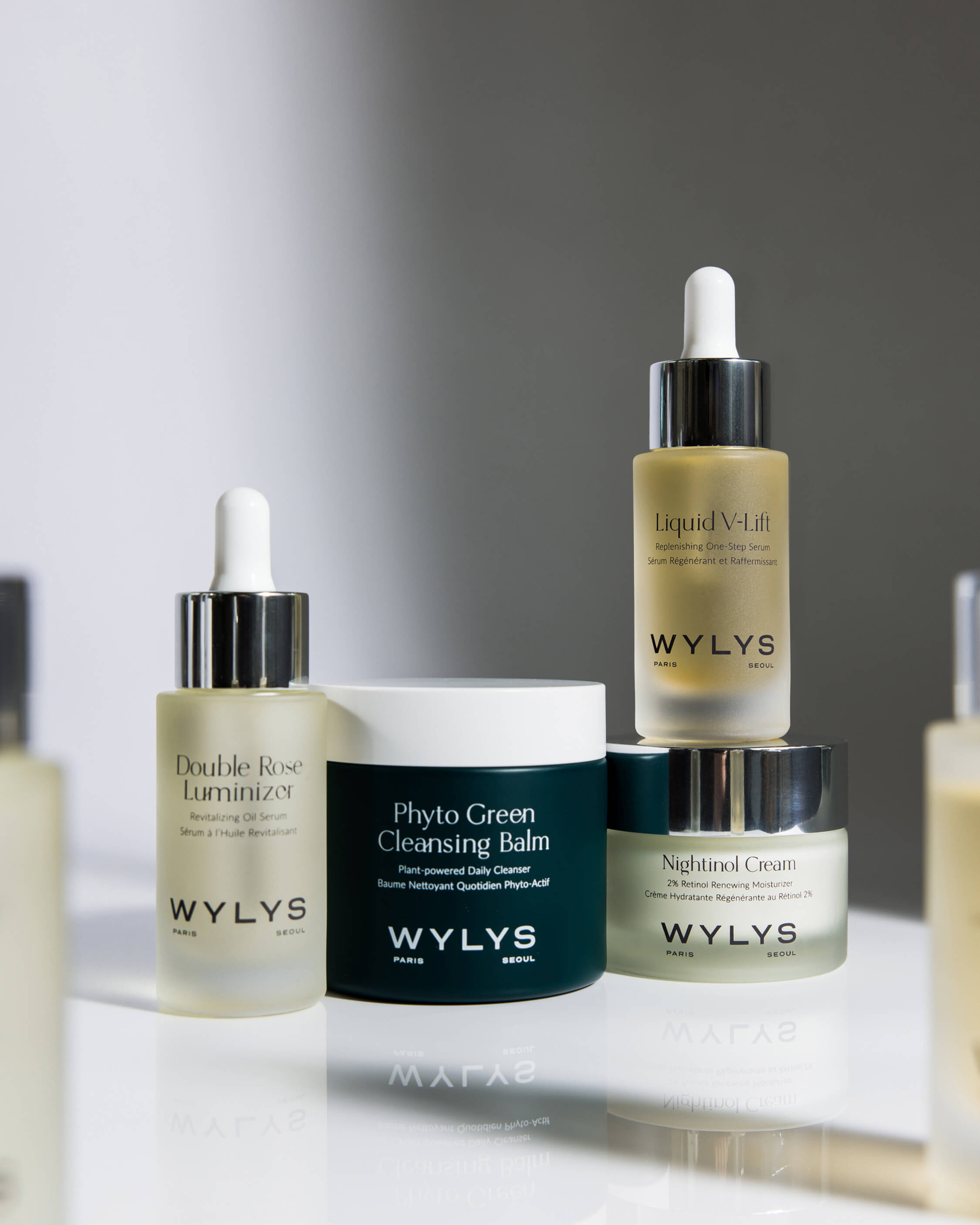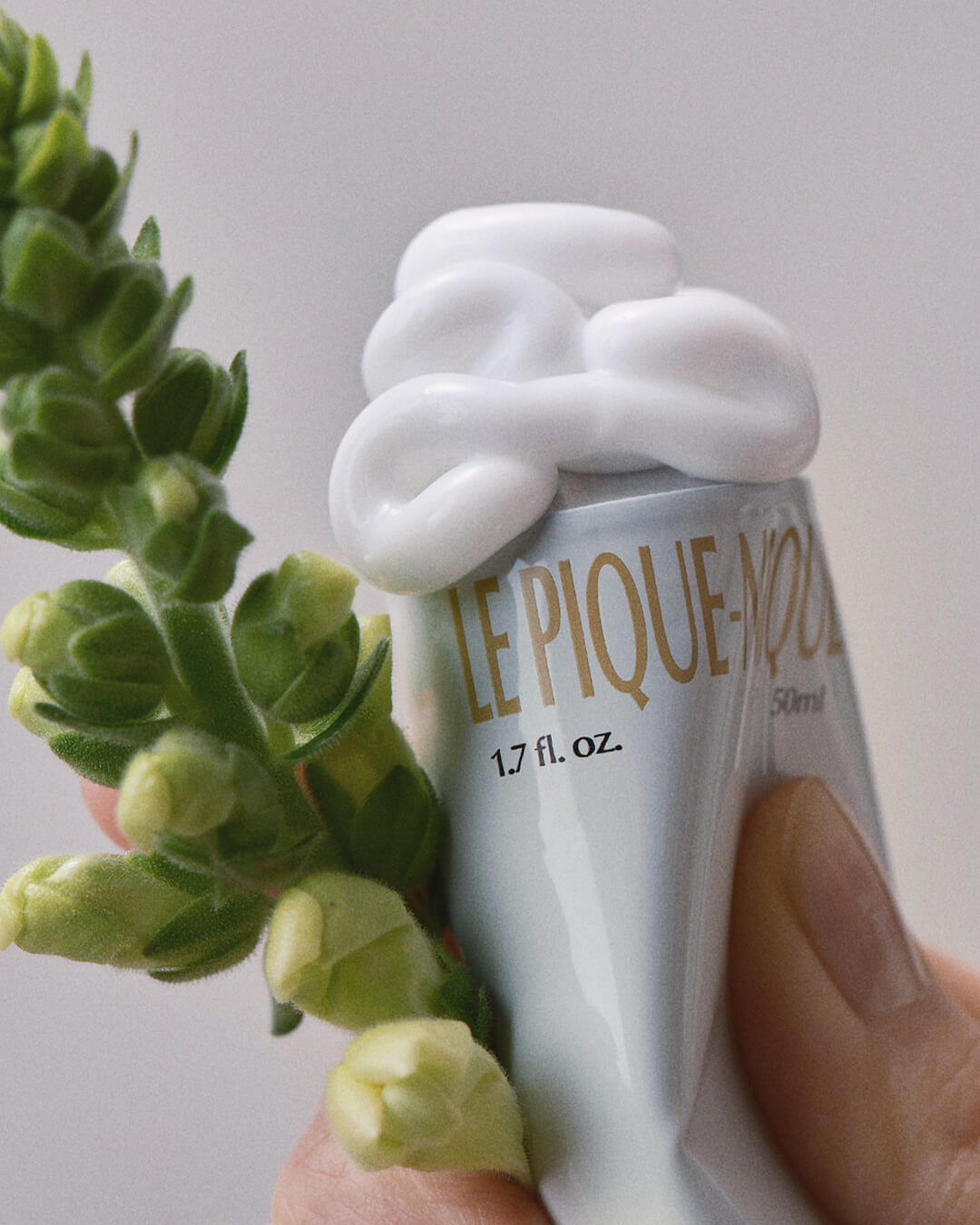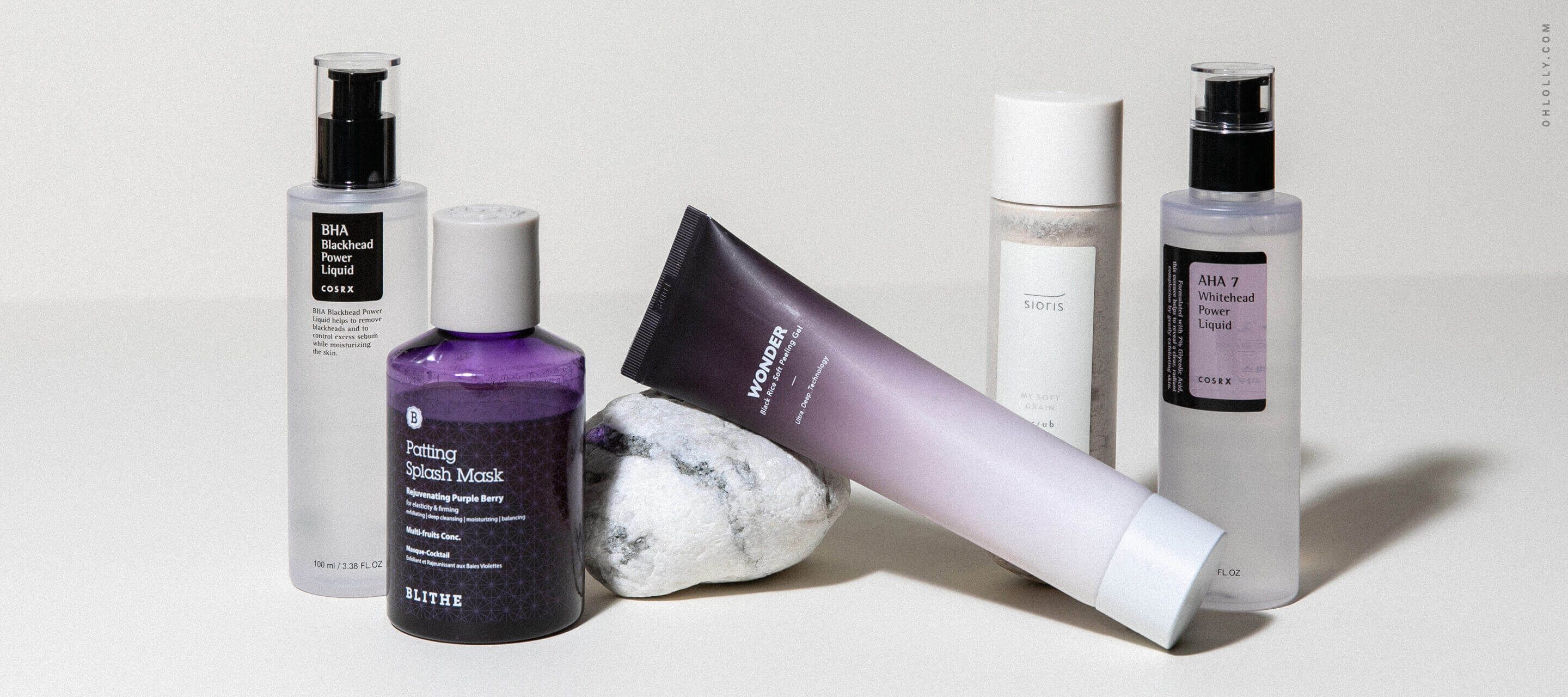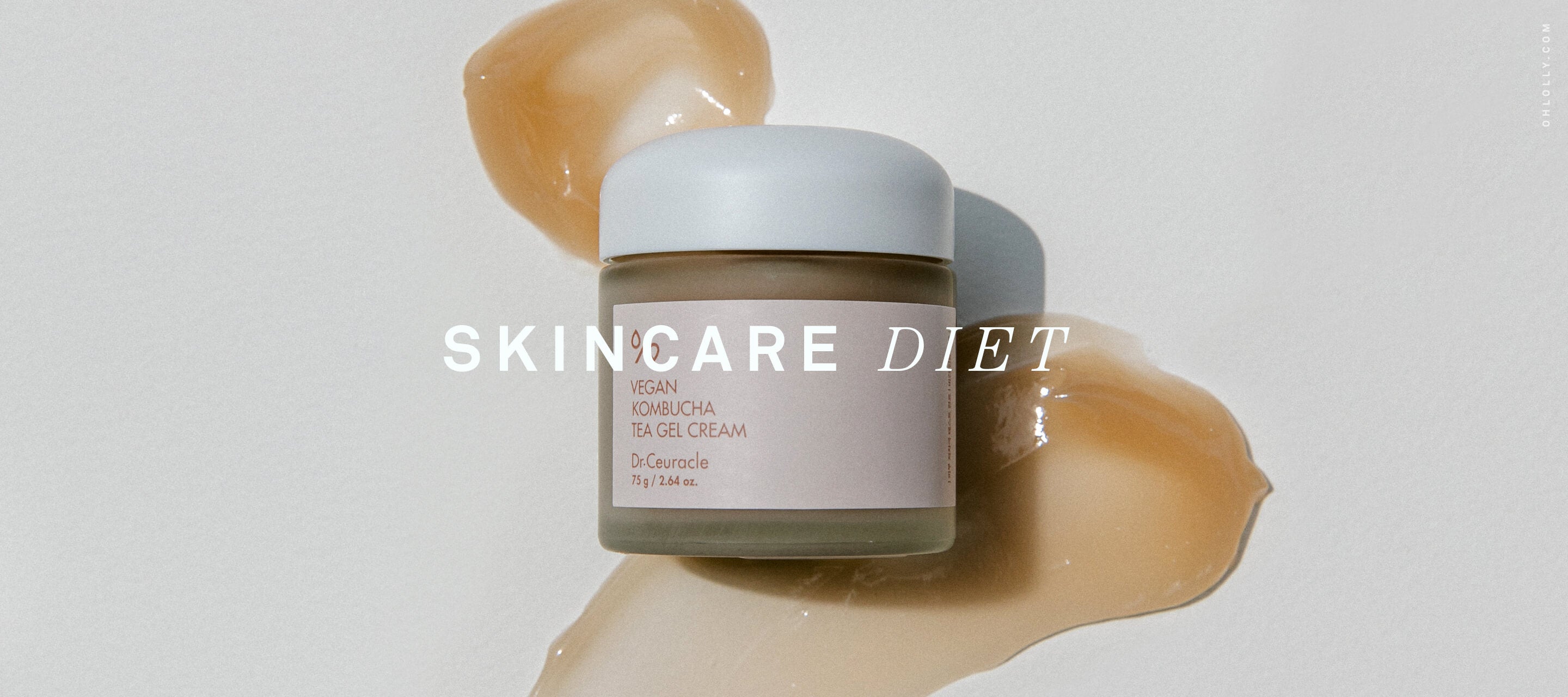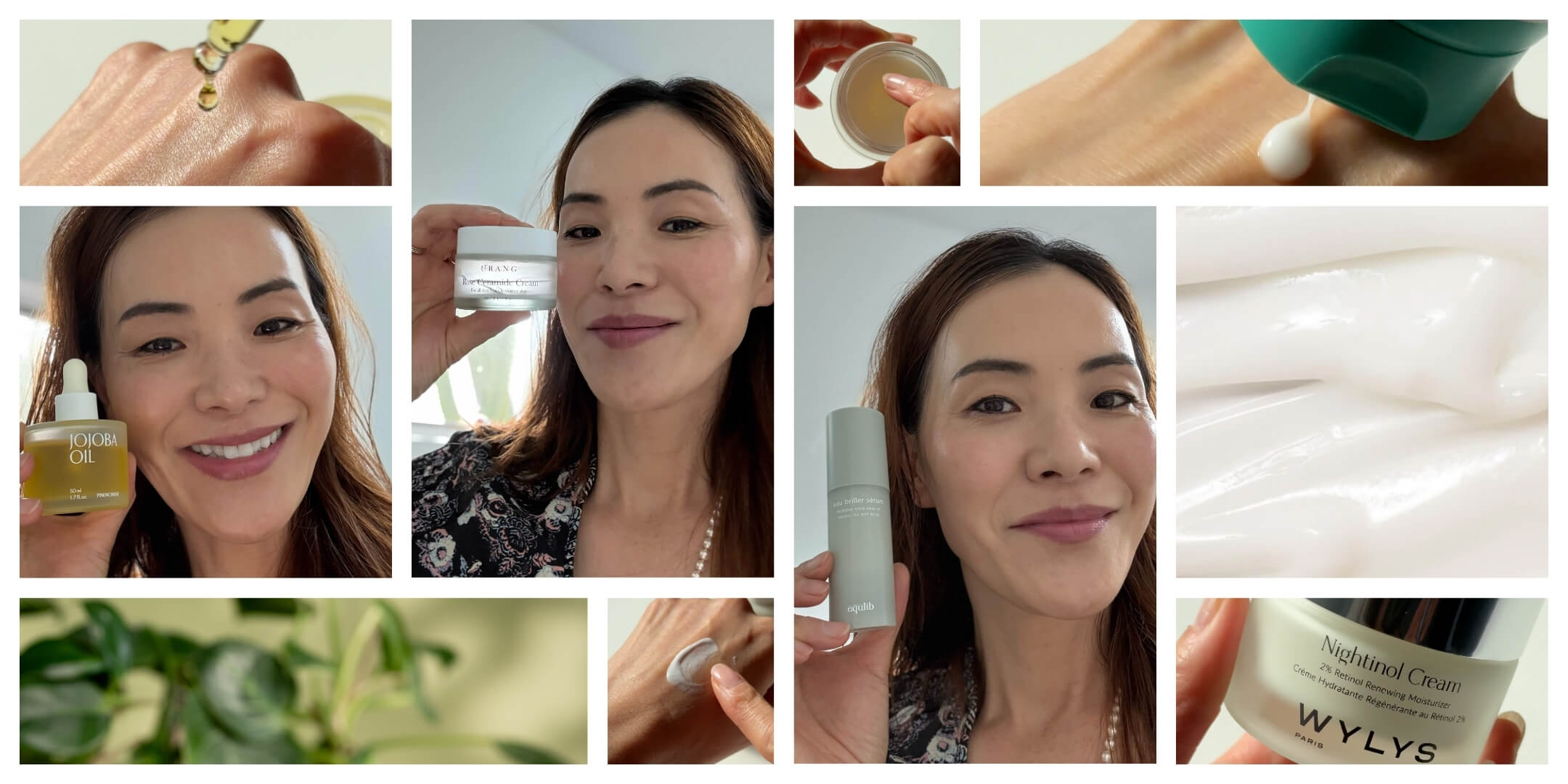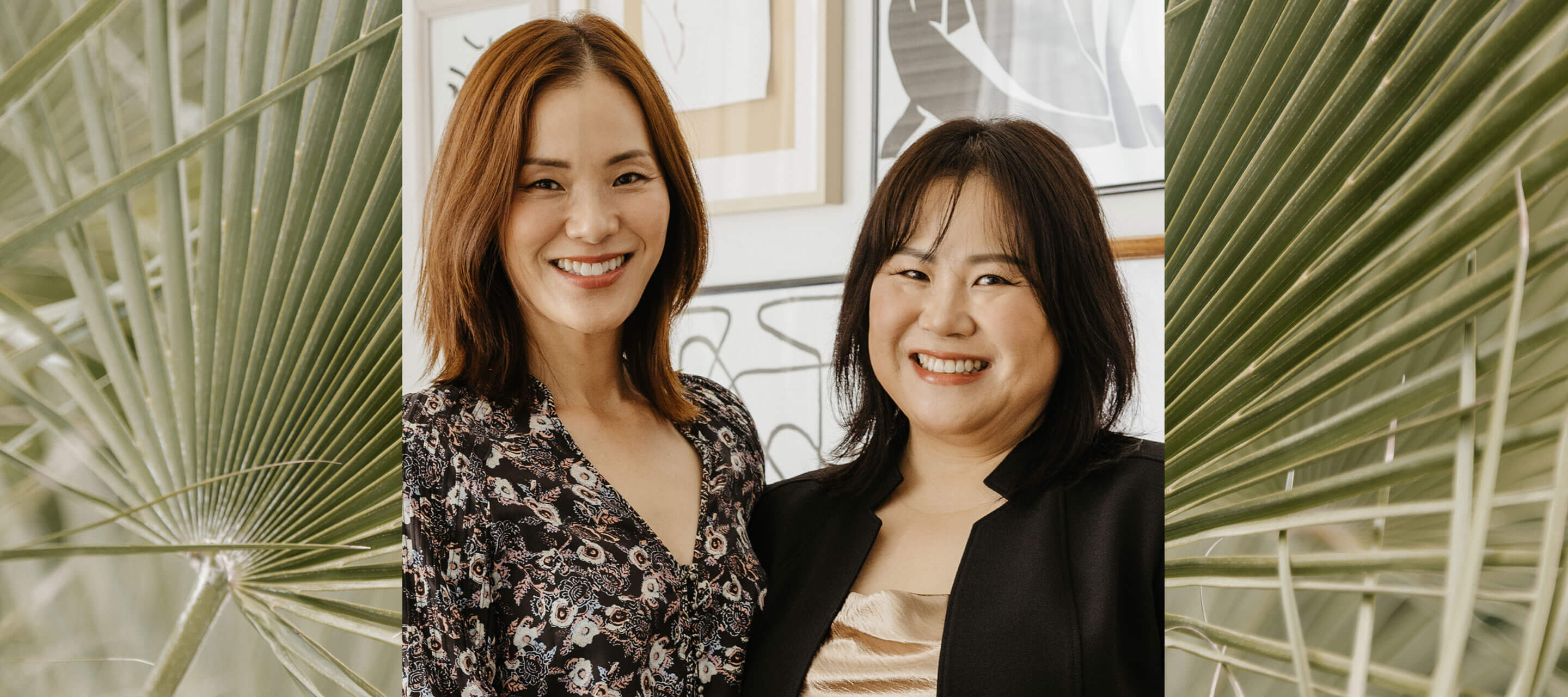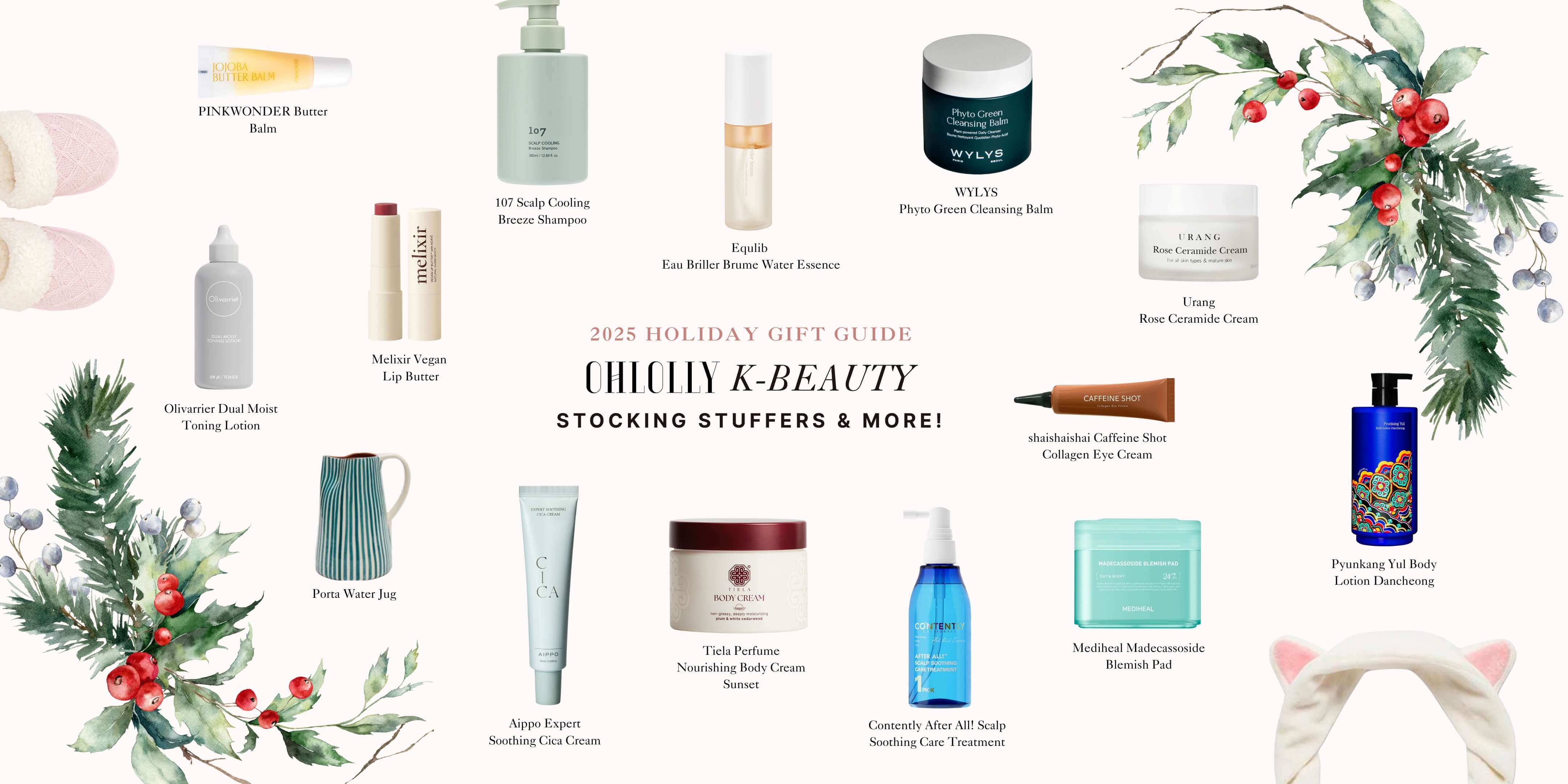From cleansers and moisturizers to powder and eyebrow ink, the beginnings of K-beauty date back to centuries ago. High-tech formulations and trending ingredients may be a thing of the present, but at its core, skincare has always been held in high regard in Korean culture.
While there’s no one definitive source to trace back the history of K-beauty, here at Ohlolly, we attempt to trace its past. Follow us!



The emphasis was on looking healthy, so popular products included lotions and scrubs. Products were home made in small batches for a dual purpose: to create individualized formulations for any one person’s skin needs, and also due to the fact that the ingredients would go bad in a short period of time!
Products were stored in earthenware containers (eventually giving way to celadon). Thin, arched eyebrows and fair skin were in vogue, influenced by China.

In 692, a Buddhist monk is said to have made the first lead-based face powder in Japan - an unprecedented invention that took off.

The Goryeo dynasty made strides set in motion by the Three Kingdoms era. While no set date exists, the below products are thought to have spread far and wide during this time period:
Cleansing soaps were made from ground mung beans, which contain saponin. When mixed with water, the saponin would cause the soap to foam up.
Various oils were created to target different treatments: apricot and peach for brightening, safflower for moisture. Caster and camellia oil were used for hair!
Powders were made from ground rice and millet, which would be blended with water or oil to stick to the face.
Eyebrow ink was made from soot or plant ash, in colors such as brown, black, and indigo.
Blush was made from safflower, which doubled as lip color. Perfume, made with dried clove buds, was used during baths to reduce stress.

Unlike modern times where trends spread from the upper class (celebrities, etc.) down, the elite copied looks from the Gisaeng - highly-trained courtesans who had access to both beauty and fashion.
Society was influenced by Confucianism, which advocated for more natural and modest looks. Although makeup had generally been applied lightly, it now became even more subtle. Inner beauty, rather than outer beauty, was emphasized.

The production of cosmetics continued going strong - makeup, yes, but especially skincare now that a light-handed look was in fashion. Women made toners from cucumbers, motherwort, and gourds. Moisturizers and eyebrow ink continued to be used widely, and blemish-free skin was perceived as a sign of good health.
Products could now be bought from traveling sellers, including maebungus - door to door saleswomen.

In 2016, archeologists discovered intact porcelain containers in the tomb of Princess Hwahyeop (1733 to 1752) located in Namyangju, Gyeonggi. The containers still held cosmetic residue, which after scientific testing were concluded to be the following:
Face cream made from beeswax and other materials with moisturizing properties.
Face powder made from lead carbonate and talc.
Blush and lipstick in the form of a red powder made from cinnabar and safflower.


As industrialization set in, mass production took off and homemade products phased out.
Bagabun (“Parks Powder”), a face powder, was the first mass produced cosmetics item in Korea. It became a bestseller from 1916 to 1930, however, the powder contained lead, and as safer options came onto the market, people stopped buying it.
Japanese brands dominated the market in the ‘20s, but after liberation from Japanese colonial rule, Korean cosmetics revived.
The Korean War in the ‘50s once again slowed down the Korean cosmetics industry.

In 1961, South Korea banned the sales of foreign products, and the Korean cosmetics industry truly began to flourish!


South Korea is at the forefront of cutting-edge skincare technology. It’s said that the beauty industry there is 10 to 12 years ahead of the rest of the world!
Women in South Korea spend more money on skincare than women in any other country.
South Korea’s beauty market is thought to be worth over $13 billion.

“Glass skin” is all the rage, meaning skin that exudes a lit-from-within aura by looking luminous and clear. Moisture is the key, giving your face the look of a liquid highlighter (without actually using any). A consistent skincare regimen is required for achieving this coveted look!

The West has taken notice of how innovative K-beauty products are. K-beauty entered the U.S. market in 2011, and today, the U.S. is the third-largest market for exports from South Korean beauty companies.

It’s safe to say, K-beauty is here to stay. Its world dominance is unmatched, its products unparalleled. We’re here to bring you the best K-beauty has to offer, for all types of skin. Check out our other blog posts for in-depth product reviews and guides, or reach out with any questions at hello@ohlolly.com. We’re here to support you in your skin journey!

